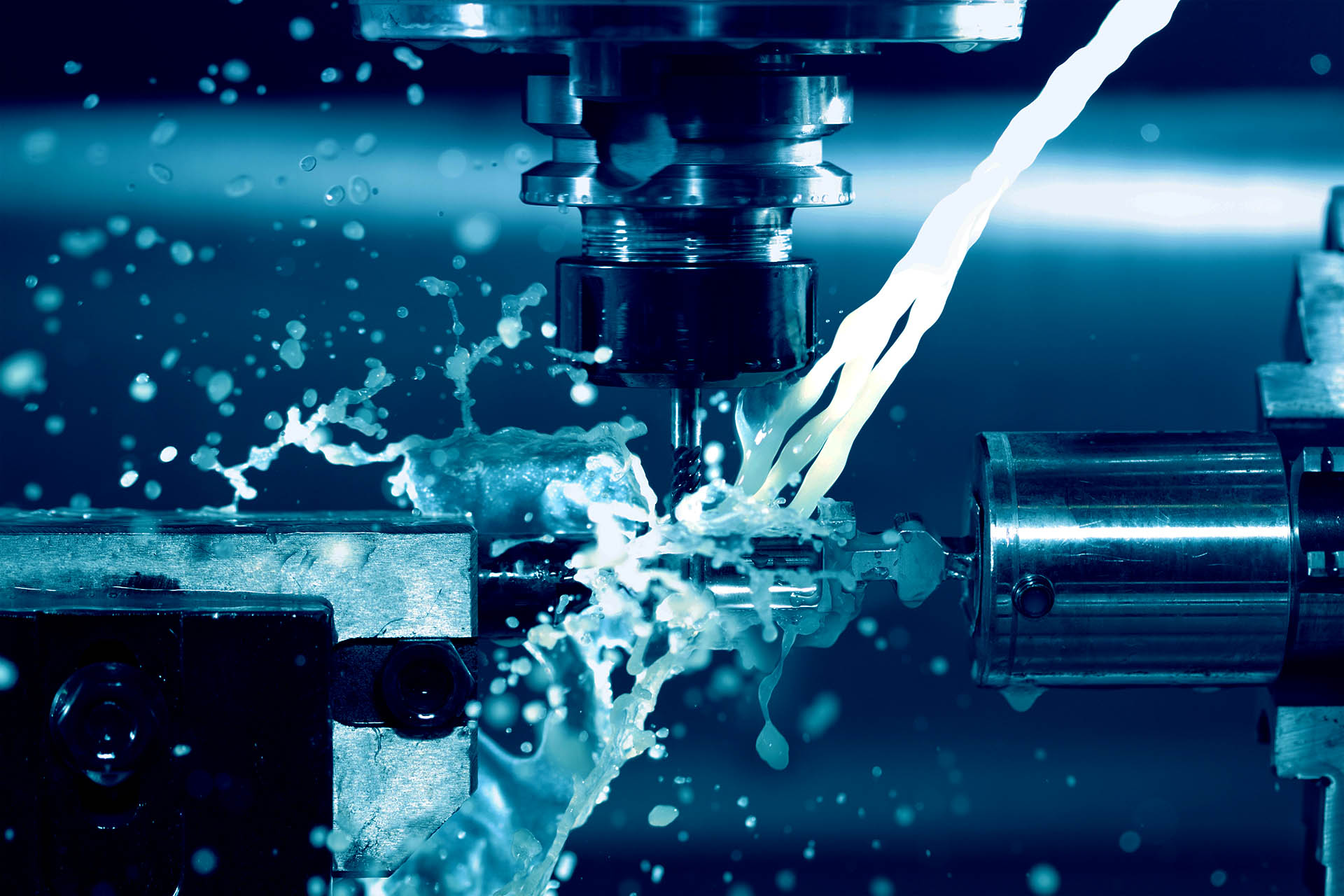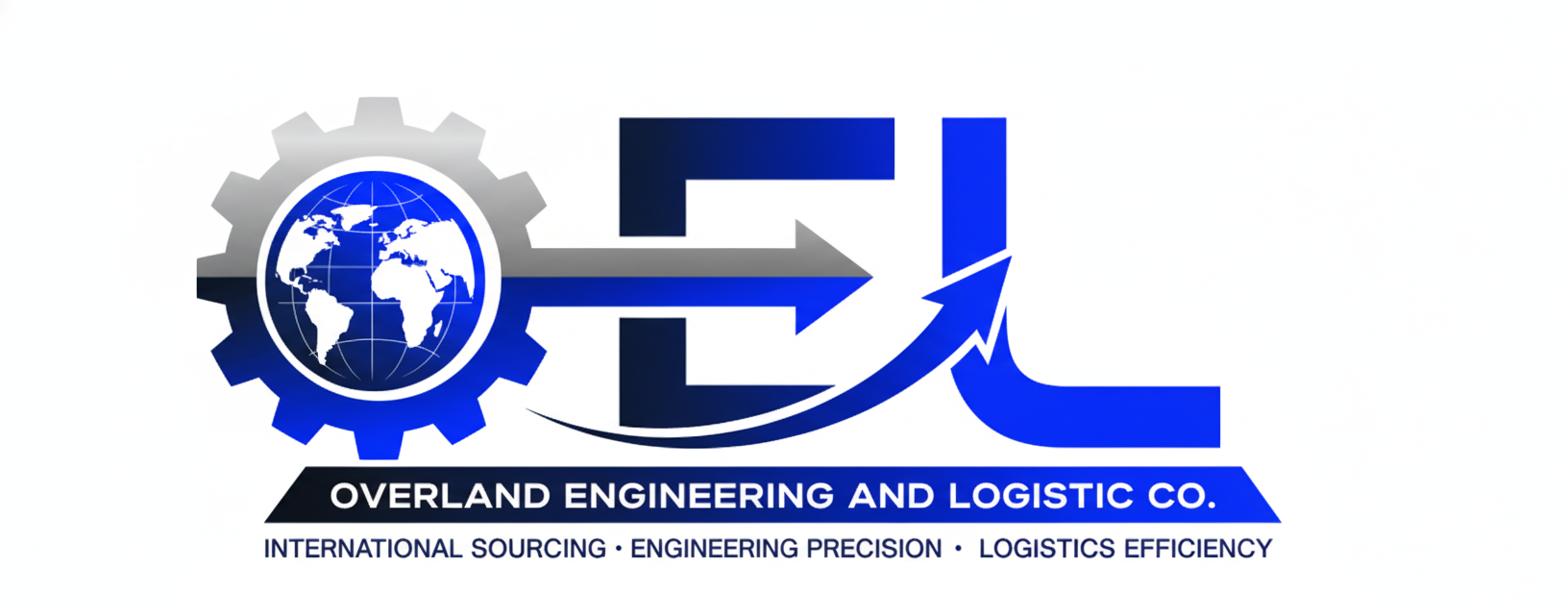Overland Engineering and Logistics Co
Get Consultation
+1(314)377-4890
- Need Free Consultation ?
Get Consultation
+1(314)377-4890

Electroplating deposits metal onto a conductive surface of a CNC machining workpiece, providing benefits such as increased corrosion resistance, improved hardness, superior strength, wear resistance, enhanced IR reflectivity, improved ductility, solderability, paint adhesion, altered conductivity, and more. Different plating chemicals can create cosmetic effects ranging from semi-bright and fully bright finishes to matte or satin finishes.
| Anodizing
Anodizing is an electrochemical process primarily used for aluminum alloys, but it can also be applied to magnesium and titanium. It creates a decorative, durable, and corrosion-resistant oxide layer on the surface of the material. Anodizing CNC machining parts offers several features:
- Improved anti-corrosion resistance: The anodized layer acts as a protective barrier, enhancing the workpiece’s resistance to corrosion and oxidation.
- Decorative appearance: Anodizing allows for the application of various colors and finishes, providing a decorative appearance to the workpiece.
- Electrical insulation: The anodized layer acts as an electrical insulator, preventing electrical conductivity and providing insulation properties.
- Enhanced adhesion for coating: Anodizing promotes better adhesion of subsequent coatings, such as paints or powders, ensuring a more durable and long-lasting finish.
| Hard Coat Anodizing
| Alodine (Chemical film)
Alodine is a chromate conversion coating used to protect aluminum and other metals from
| Black oxide
Black oxide is a thin iron-based oxide film formed by immersing iron parts in a hot alkaline solution with nitrates and other additives. It can also be used to oxidize non-ferrous metals under specific conditions. To provide effective anti-corrosion protection, it is advisable to apply an after-finish treatment such as oil or wax to black-oxidized components.
| Zinc Plating
Zinc plating is a common method used to provide anti-rust protection for industrial components. It involves electrodepositing a thin layer of zinc onto the surface of a metal object. The zinc coating acts as a barrier, preventing rust from reaching the underlying metal surface.
There are two primary methods for zinc plating: rack plating and barrel plating. Rack plating is suitable for smaller or delicate parts that cannot withstand the rotation in a tumbling barrel. On the other hand, barrel plating is a more cost-effective method for plating multiple parts simultaneously.
| Chrome plating
Electroplating is the process of depositing a thin metal layer onto a conductive surface of a CNC machining workpiece. Plating offers numerous benefits, including increased corrosion resistance, improved hardness, superior strength, wear resistance, enhanced IR reflectivity, improved ductility, solderability, paint adhesion, altered conductivity, and more. Different plating chemicals can produce various cosmetic effects, ranging from semi-bright to fully bright finishes, matte or satin finishes. In general, chrome plating appears brighter than nickel plating.
For applications requiring reduced friction and improved durability, hard chrome plating is a suitable option. Hard chrome provides excellent abrasion tolerance and wear resistance, with hardness levels reaching up to HRC65~69.
| Nickel plating
Electroplating involves depositing a metal onto the conductive surface of a CNC machining workpiece, typically a metal one. Plating offers various advantages, including increased corrosion resistance, improved hardness, superior strength, wear resistance, enhanced IR reflectivity, improved ductility, solderability, paint adhesion, altered conductivity, and more.
By using different plating chemicals, a range of cosmetic effects can be achieved, such as semi-bright or fully bright finishes, matte or satin finishes. Nickel plating, in particular, is commonly chosen for its cosmetic appeal and anti-rust properties.

Overland Engineering and Logistics Co., Ltd. was established in 2011. With over 13 years of overseas experience, we provide end-to-end solutions from inception to completion.
Hotline : +1 (314)377-4890
Phone
+1 (314)377-4890
oel@overlandind.com
Location
12759 Carrollton Industrial Ct, Bridgeton, MO 63044
Quick Links
Customer Service
Subscribe Newsletter
Copyright © Overland 2024. All rights reserved.

